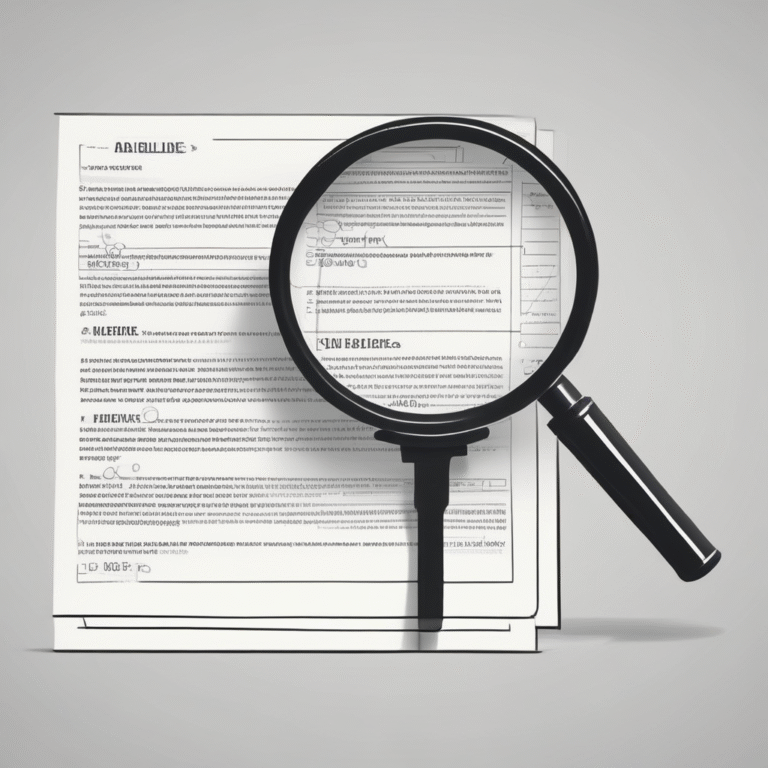Brussels Mirage: The EU AI Act’s Subtle Shine across International Borders
The EU AI Act has emerged as a pivotal piece of legislation that aims to regulate artificial intelligence across Europe and potentially beyond. As discussions unfold in the United States regarding a proposed 10-year moratorium on federal AI legislation, many countries worldwide are advancing their own AI regulations. This raises the question: will these countries look to the 2024 EU AI Act as a guiding framework?
The Brussels effect, a term coined by legal scholar Anu Bradford, refers to the EU’s ability to shape global regulation by extending the reach of its legislative decisions. This concept has been evident in various regulatory areas, including data protection through the General Data Protection Regulation (GDPR), and now it is being tested within the realm of AI.
Regulatory Landscape
In drafting the AI Act, European legislators aimed to follow the regulatory path set by the GDPR while establishing a distinct approach from that of the United States. However, the EU faces increasing pressure to justify its interventions in the tech sector, leading to what has been described as a ‘de-regulatory turn’. For example, the European Commission has announced its intention to withdraw the proposed AI Liability Directive.
Despite this, the EU AI Act continues to project its influence onto other jurisdictions. However, as countries like Brazil and Japan develop their own AI regulations, the distinct cultural and legal values of these nations complicate the adoption of a Brussels effect.
International AI Standards
The EU AI Act relies heavily on European AI standardisation, with bodies like CEN and CENELEC tasked with developing AI standards. However, the delivery of these standards has faced delays, raising concerns about their effectiveness. In contrast, the ISO/IEC Joint Technical Committee on AI has been active in creating international AI standards since 2017.
Countries like China and Japan are also striving to shape international standards, with China focusing on rapid AI development in conjunction with standard-setting ambitions. This competition complicates the EU’s goal of establishing itself as a leader in AI regulation.
Legal Integration of International AI Standards
One strength of the EU model is its legal integration of AI standards. Under Article 40 of the AI Act, AI systems compliant with European harmonised standards are presumed to meet legal requirements. This presumption of conformity is crucial for regulatory compliance but has been met with varying degrees of adoption in countries like Brazil. The Brazilian AI Bill, while inspired by the EU model, allows for broader exceptions and does not clearly specify the integration process for international standards.
The Brussels Mirage
As the EU AI Act serves as a reference point for countries like Brazil developing their AI legislation, its influence may become more symbolic than practical. The regulatory approach of the EU AI Act may not adequately fit the varied legal contexts of other nations, leading to what can be described as a Brussels mirage.
This mirage highlights three critical conclusions:
- First, the regulatory approach of the EU AI Act is adaptable, reflecting international developments rather than imposing a strict framework.
- Second, countries like Brazil are increasingly prioritizing their unique regulatory considerations, which may diverge from the EU’s model.
- Finally, there are numerous unresolved questions regarding AI regulation that continue to evolve across different jurisdictions.
In conclusion, while the EU AI Act aims to establish a regulatory baseline for AI, its practical influence is shaped by a complex interplay of international standards and local legislative priorities, resulting in a Brussels mirage rather than a definitive regulatory effect.










